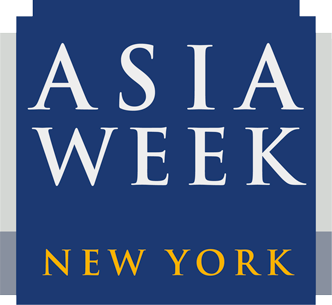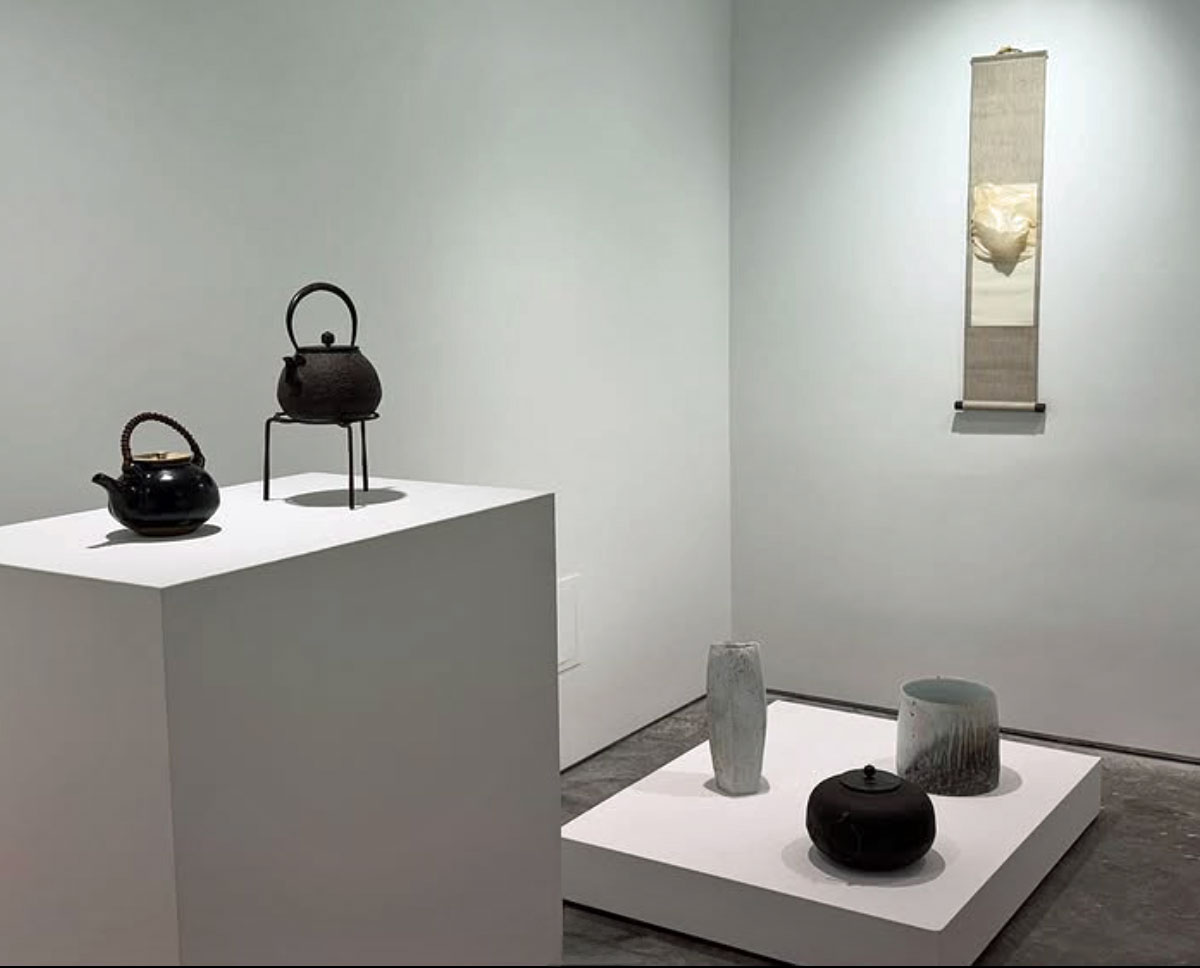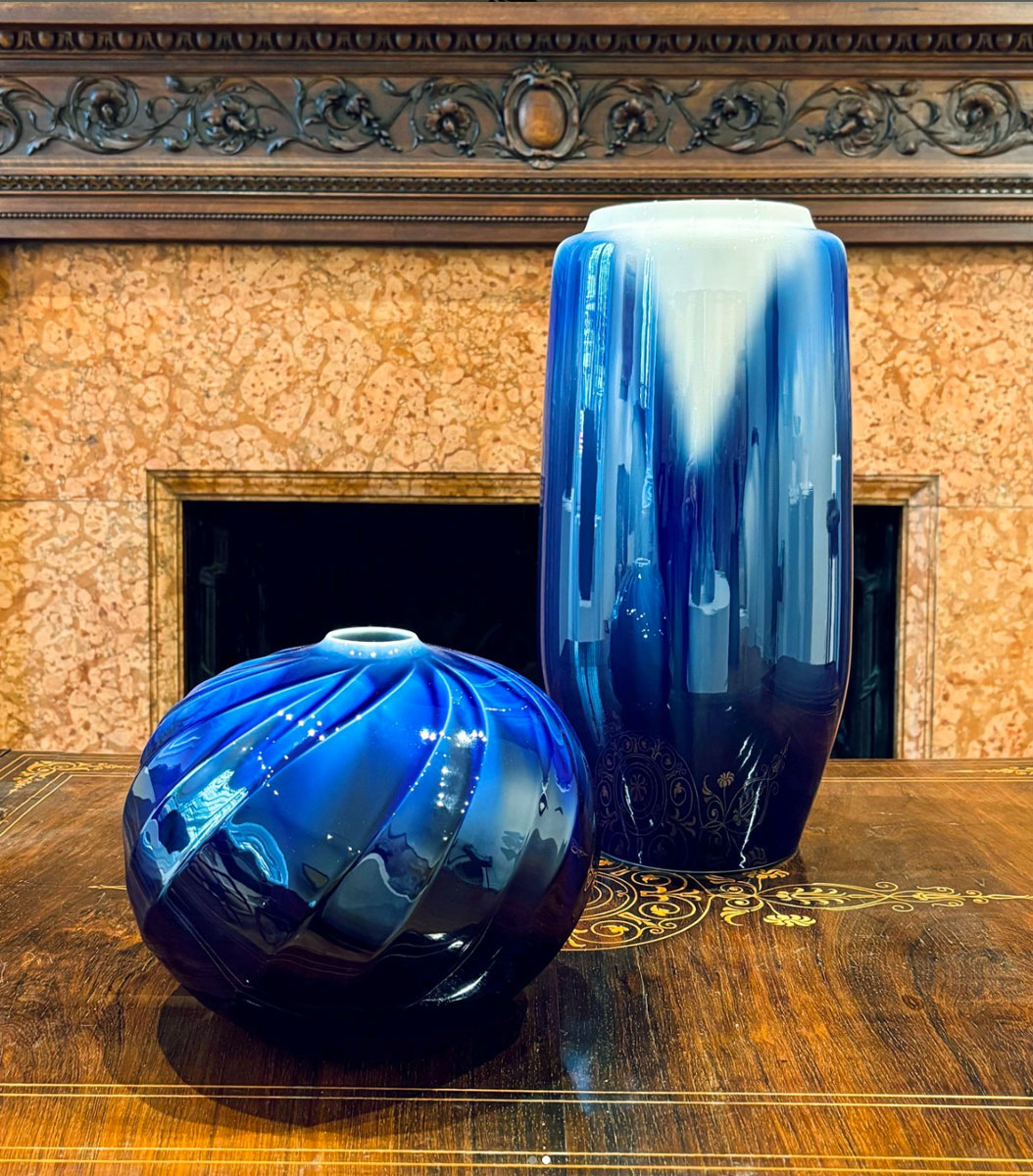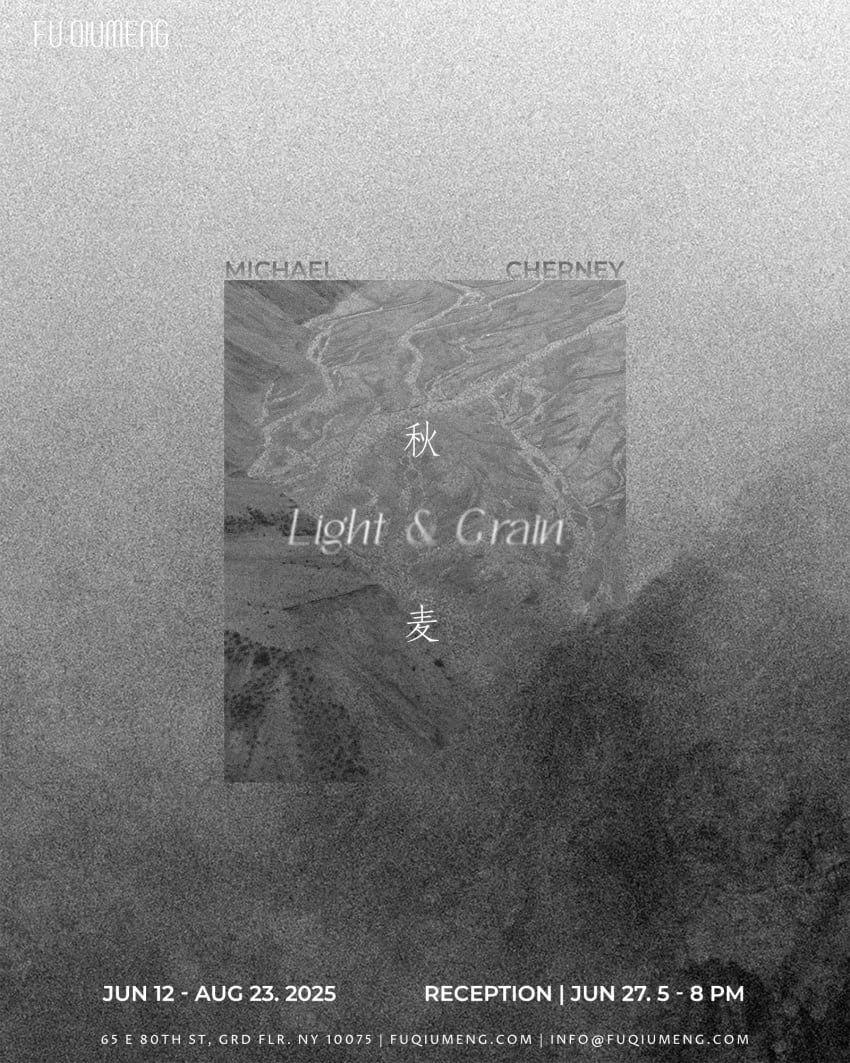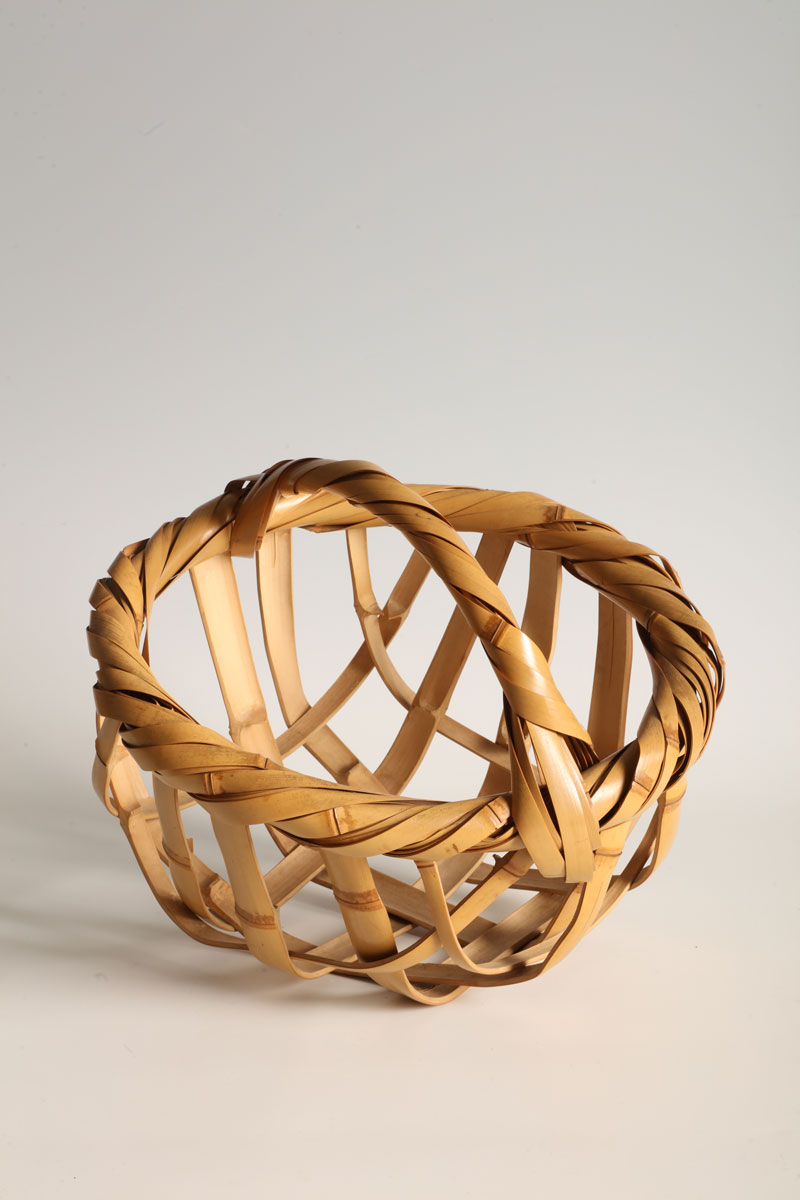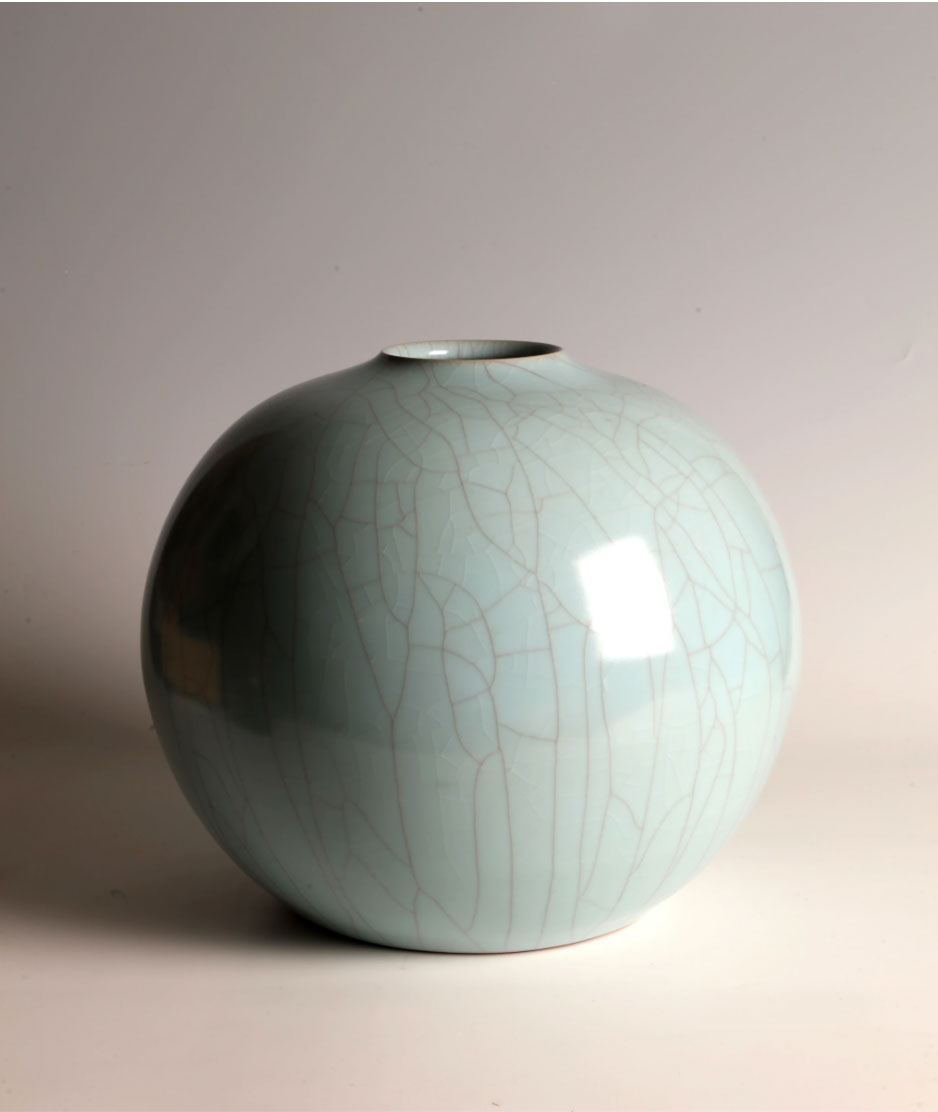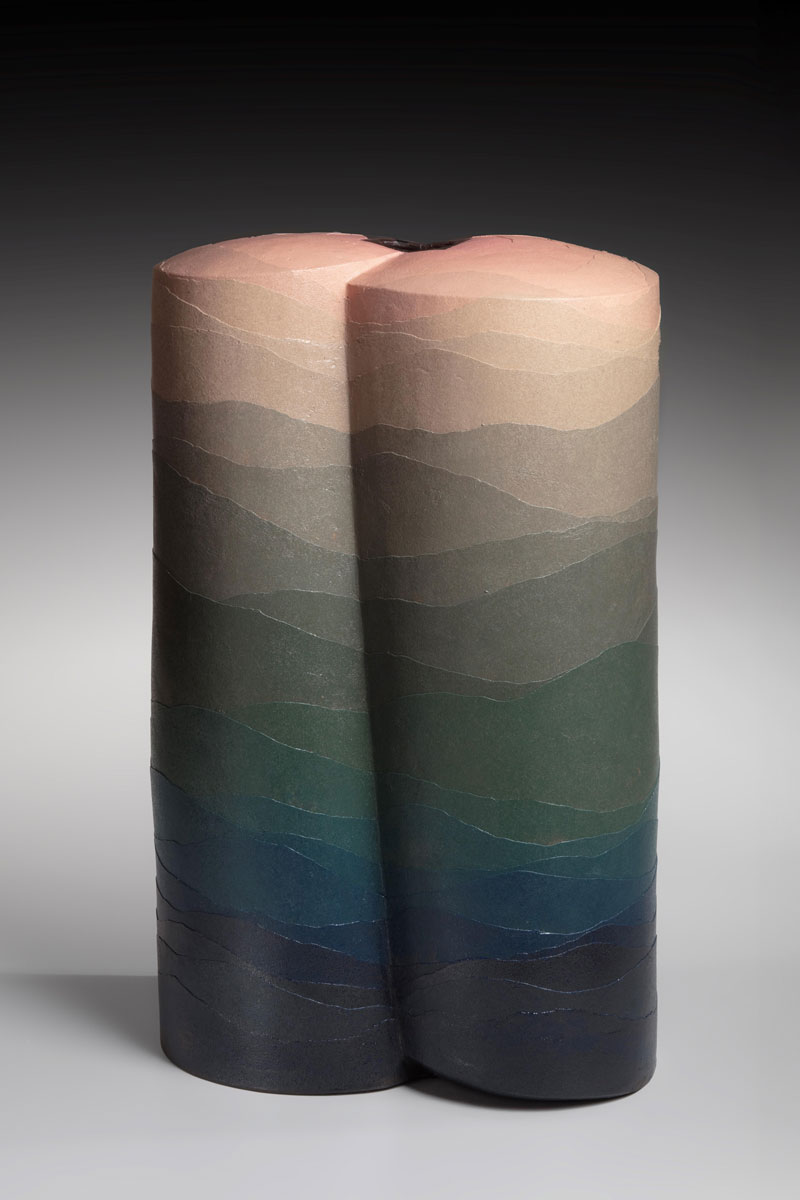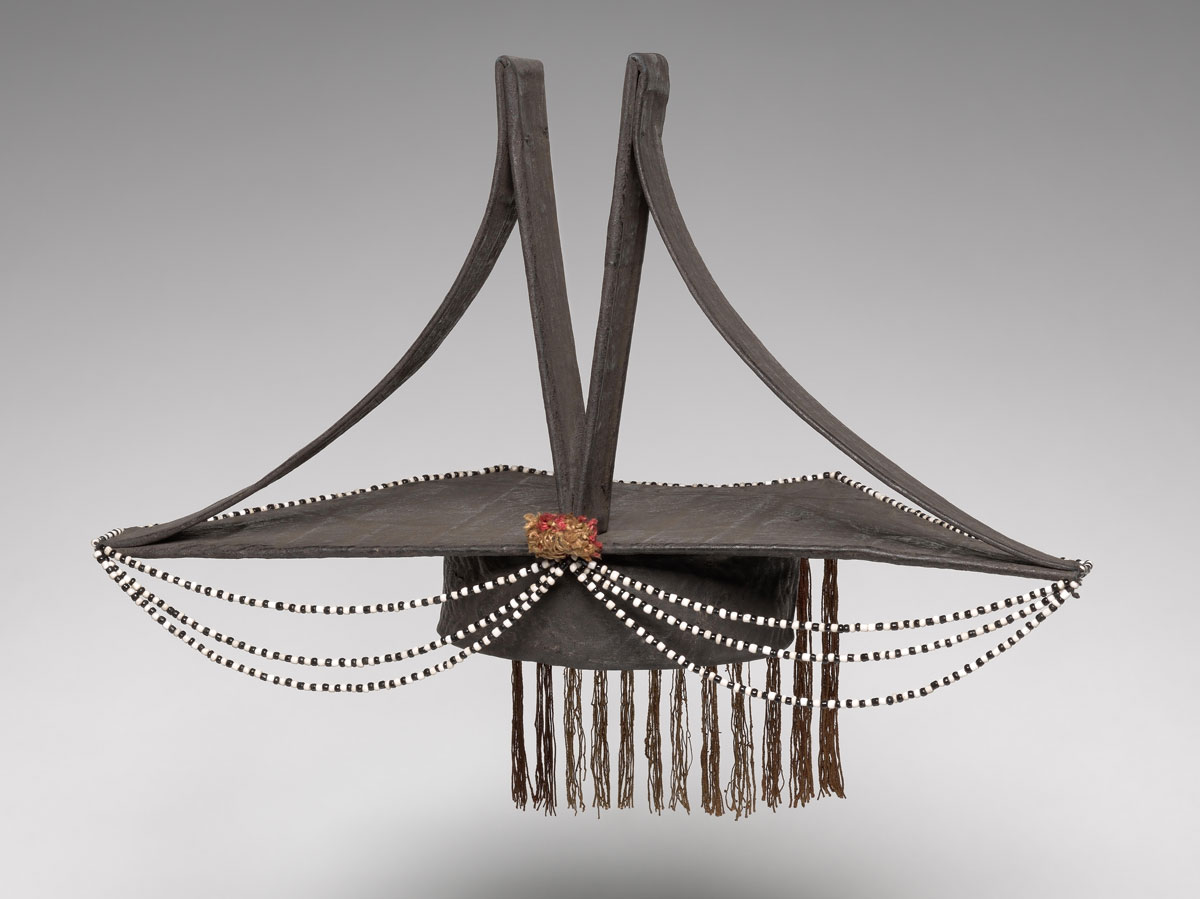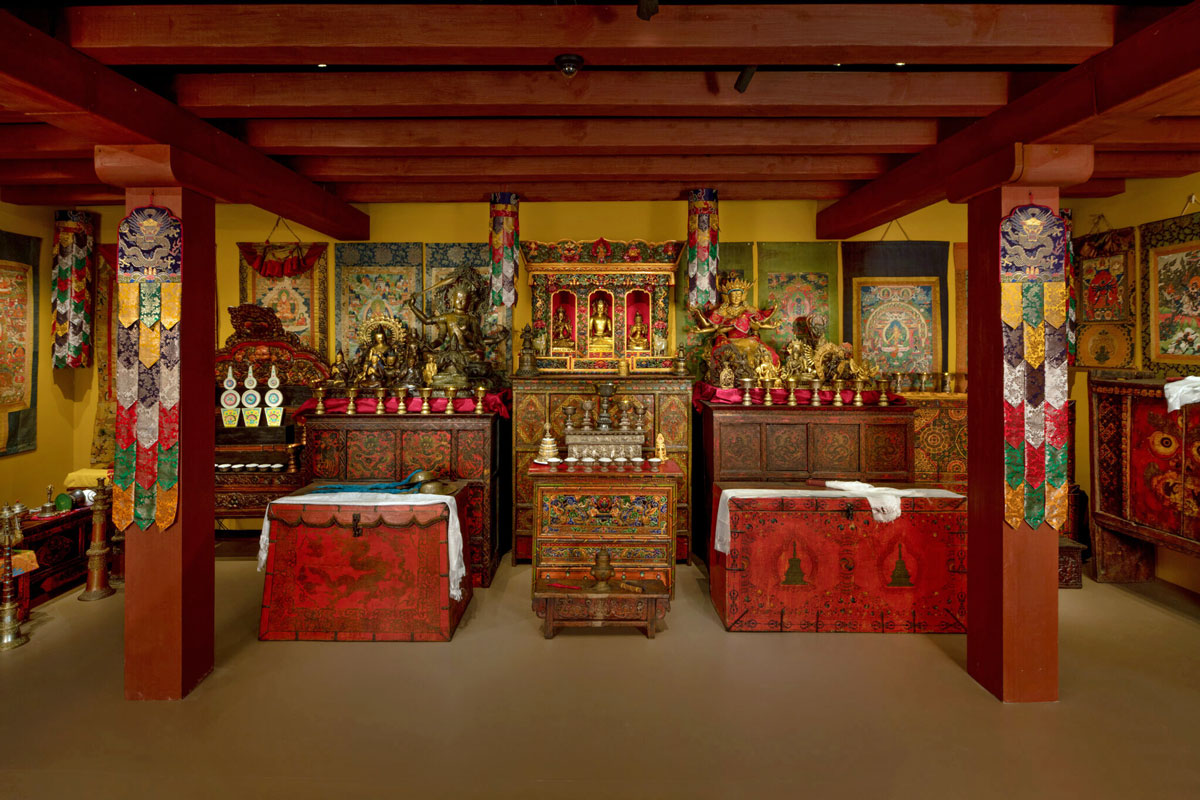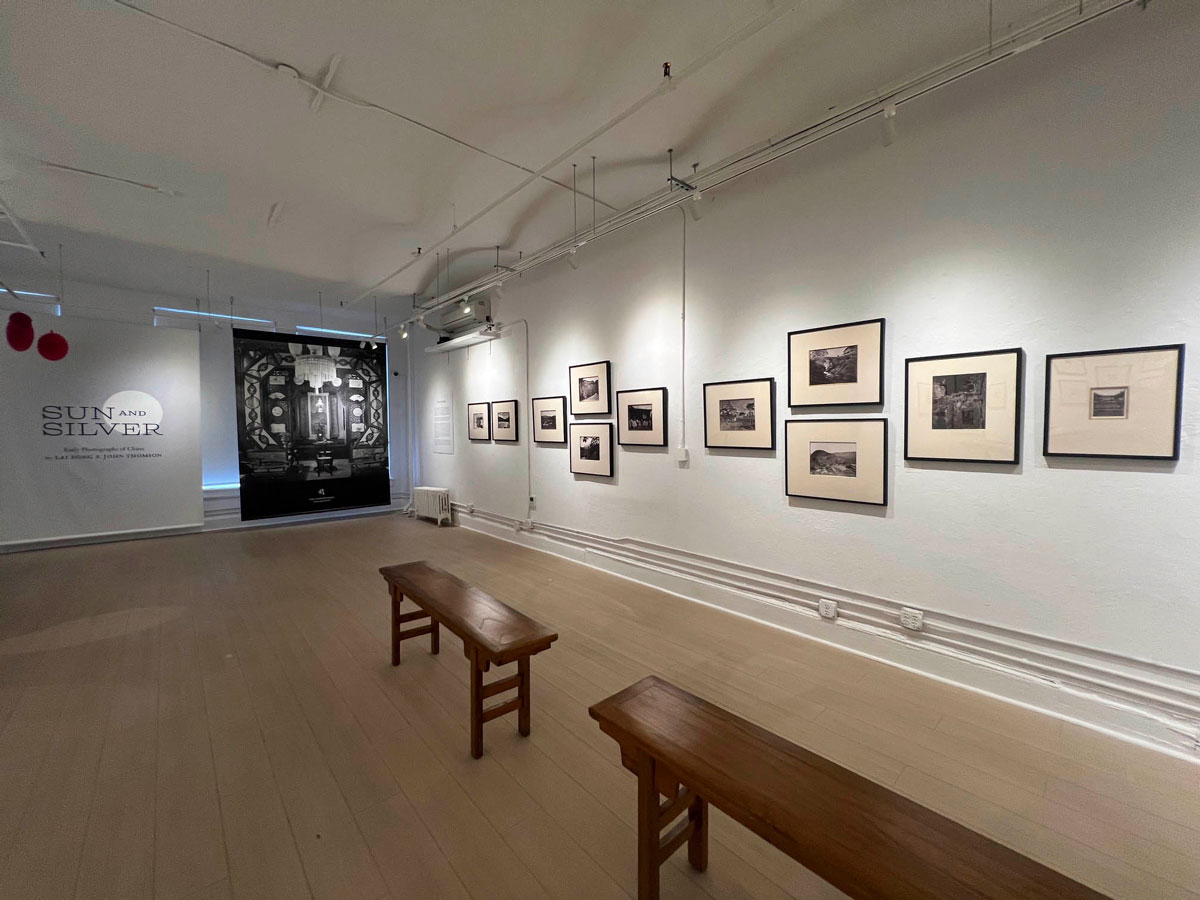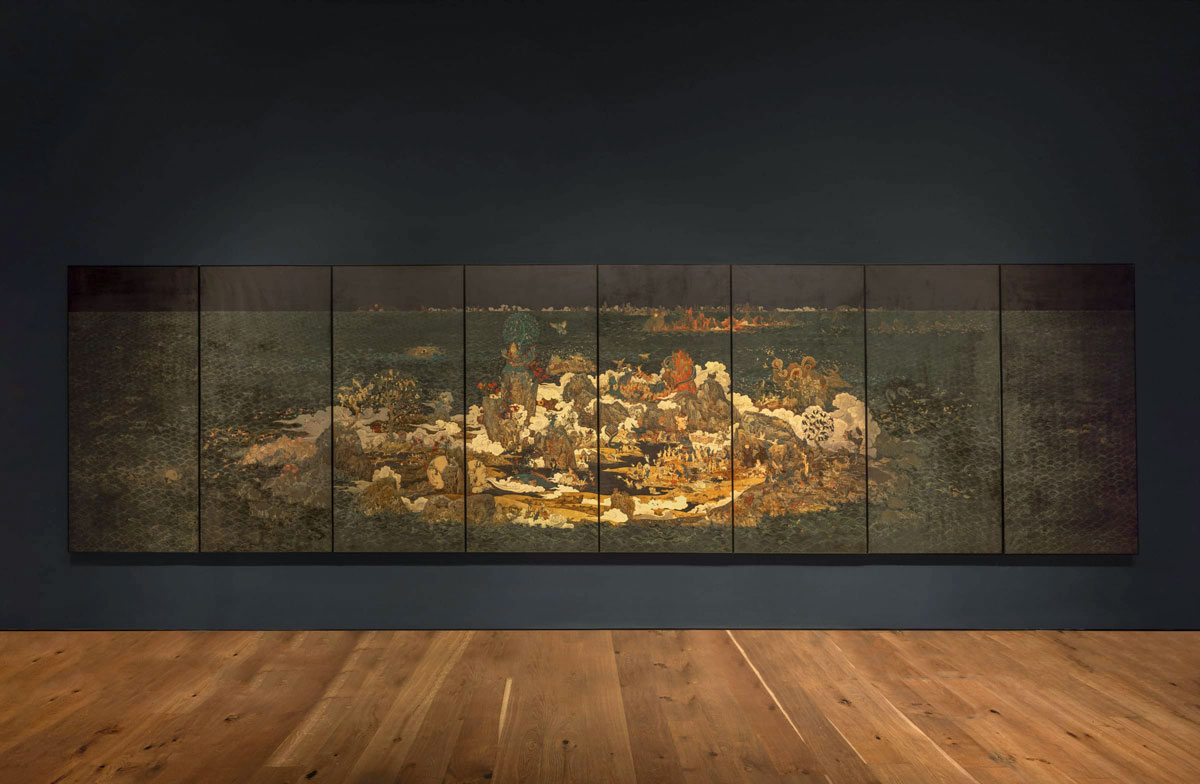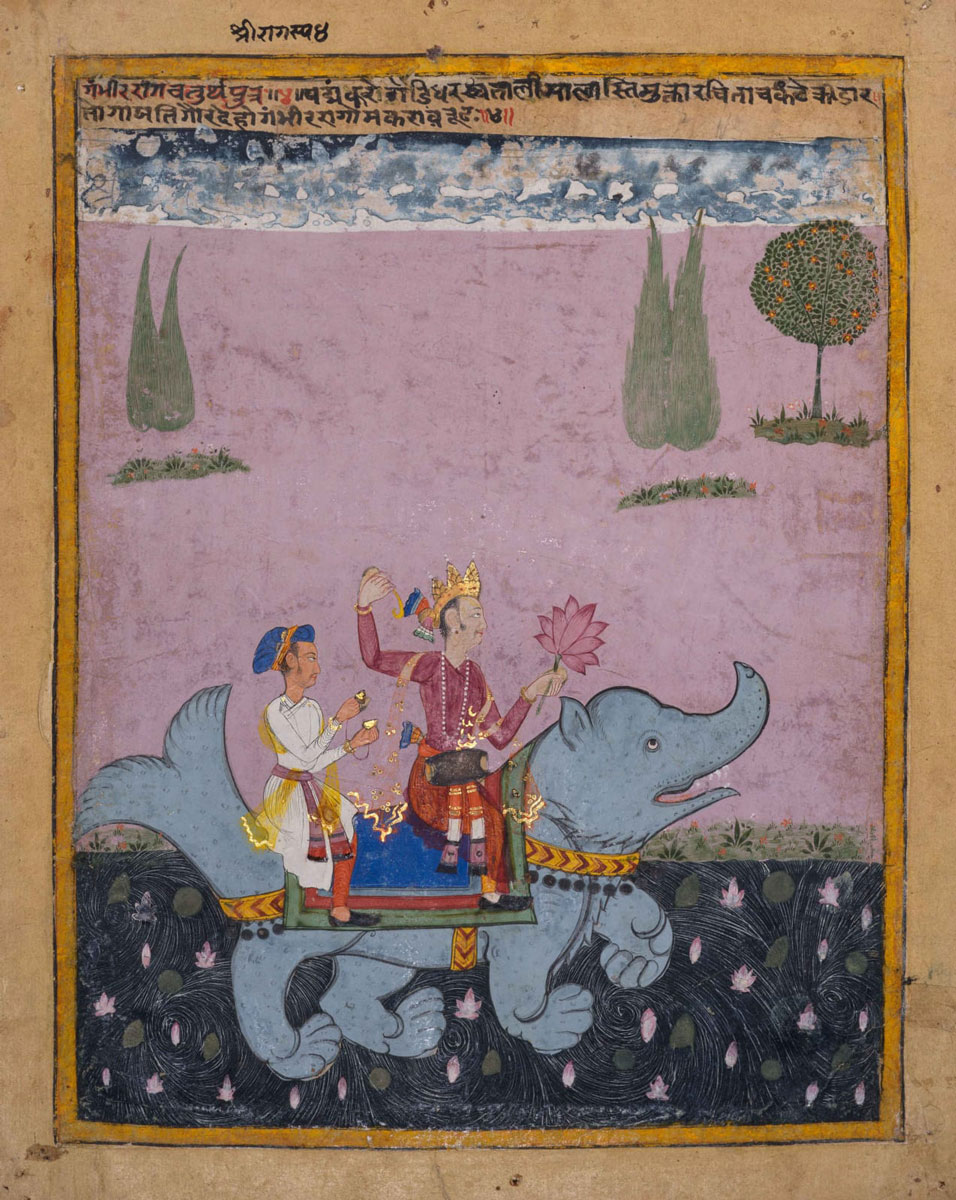
Gambhira putra, fourth ‘son’ of Sri Raga, from a Ragamala series, North Deccan, c. 1630-50, opaque pigments and gold on paper, folio: 33 x 27 cm, painting: 29 x 22.5 cm including yellow border
Sound, Text, and Image: Picturing Music through Ragamala
Summer 2025
Francesca Galloway is pleased to present a selection of newly available works that accompany Richard David Williams’ essay on Ragamala painting this summer.
What does sound look like? In pre-colonial north India, music scholars, poets, and painters developed images and descriptions for the musical entities known as ragas, and strung them together in a series or “garland” (mala). While it is not clear precisely when listeners began to conceive of music this way, by the 1500s, ragamala poetry and paintings were well established, and proved to be extremely popular until the nineteenth century.
In his insightful essay, Richard David Williams explores how Ragamala paintings weave together sound, text, and image to create an immersive multi sensory experience—where melodies are not only heard but also seen and read. Drawing from a group of rare Ragamala paintings from the north Deccan, dating from 1630–50, Williams reveals how artists from this period used color, composition, and accompanying verse to evoke the emotional and aesthetic essence of musical modes.
His essay provides fresh insight into the cultural and historical context of these works, highlighting the distinctiveness of Deccani aesthetics, marked by lyrical compositions, jewel-toned palettes, and Persianate influences. By examining how painters translated sonic and poetic structures into visual form, Williams invites us to rethink the boundaries between art forms and appreciate Ragamala not simply as illustration, but as a unique form of musical translation. These paintings make melody visible, readable, and deeply felt.
To read the full essay and view new works of art, click here.
